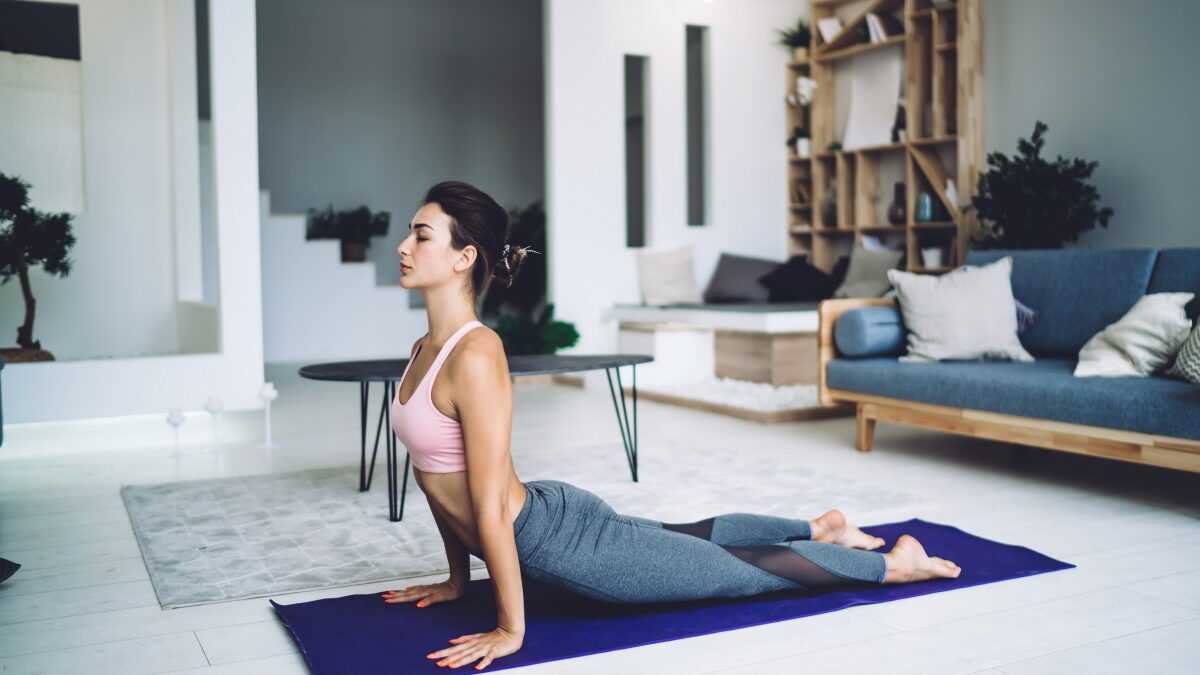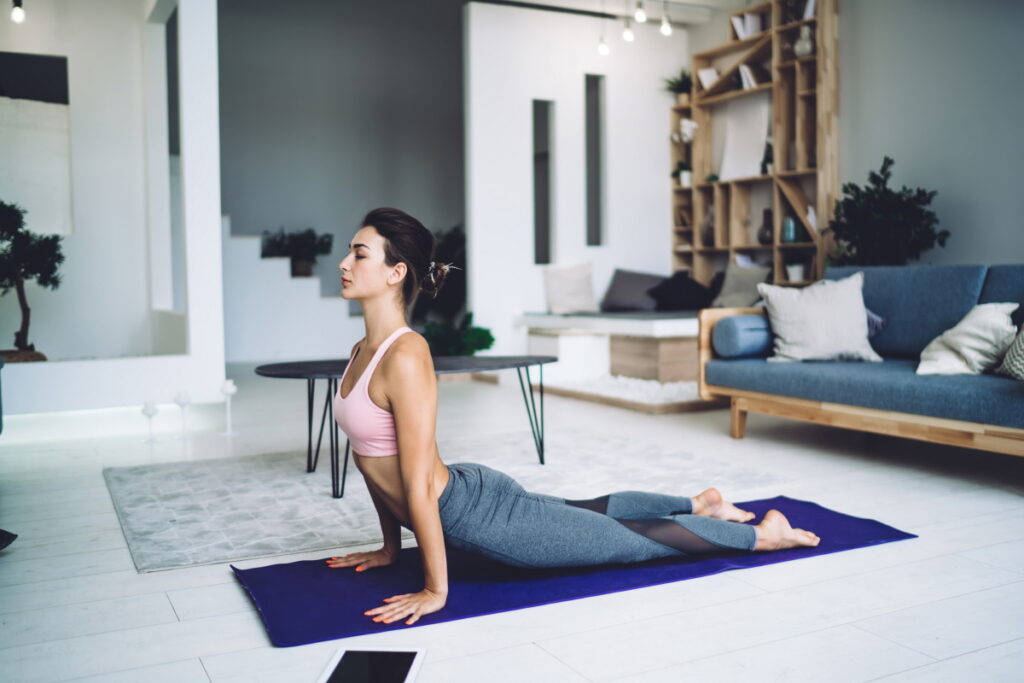
Want to get fit at home? You’ll need to get your gym or workout room in shape first, starting with your floors. When you begin a new workout routine, you build your technique from the ground up, and the same concept applies when designing a home gym.
High-impact exercises, heavy cardio equipment, barbells, kettlebells, punching bags, and other fitness equipment can stress most residential flooring, pushing it to its limits. Fortunately, several flooring options can withstand the demands of your daily workout regimen and support you as you tone, sculpt, and condition your way to success. In this article, we’ll explore what you need to know to choose the best flooring for your home gym. We’ll also look at top flooring options such as rubber, foam, and vinyl, so you can select a high-performance flooring that best supports your fitness goal and lifestyle. Ok, let’s get started.
What to Consider for Home Workout Flooring
The right gym flooring not only protects your home and existing floors but also protects you and your joints from injury. Proper gym flooring has good shock absorption, slip resistance, cushioning, and sound absorption. When choosing gym flooring, you’ll want to carefully consider its material, thickness, texture, aesthetics, cost, and how it will support your routines and ambitions. Here are a few things to consider before you start searching for flooring.
· Type of Exercise or Gym Equipment
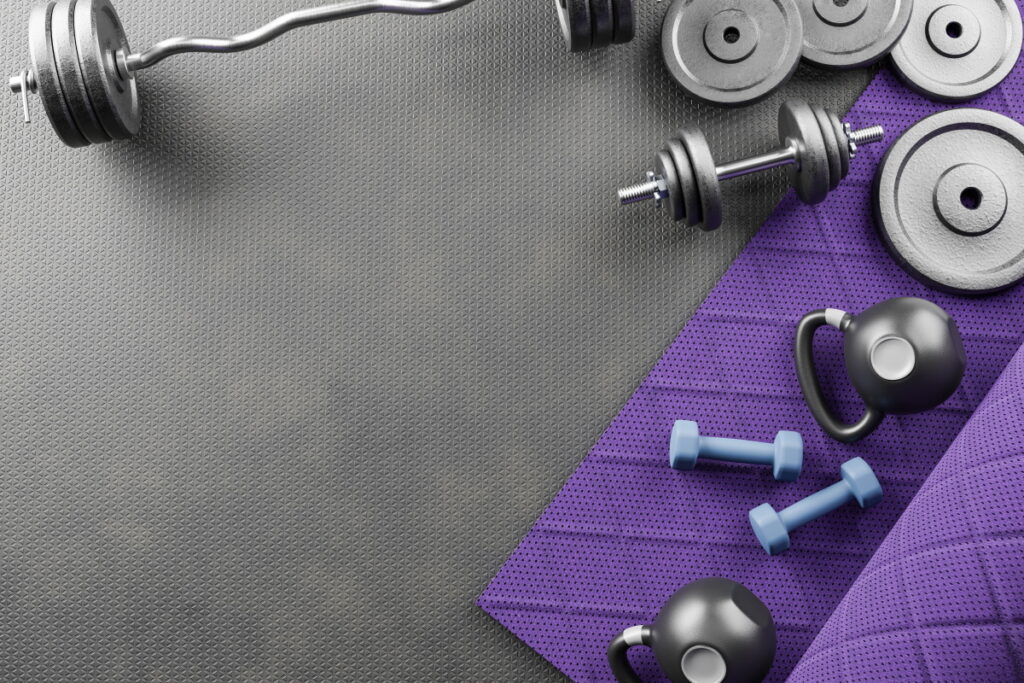
Before looking at flooring options, you’ll want to consider your current exercise routines and ultimate fitness goals. For example, if you’re primarily interested in yoga or pilates, you’ll want flooring that’s comfortable, slip-resistant, and aesthetically pleasing. If you’re into hard-core weight training or use heavy cardio equipment, you’ll need flooring with excellent shock absorption, slip resistance, and some sound-dampening properties.
· Type of Home Gym & Flooring Materials
There are many flooring materials available for all types of home gyms. Some homeowners can dedicate an entire bedroom, basement, or bonus area to their fitness, building a space exclusively for workouts. Others may be looking for a way to turn a corner of their office, garage, or another area into a dedicated region for exercise. There are flooring materials for both situations. Some materials function as a mat or floor covering that can easily be installed and moved, while others serve as a more permanent flooring option. Flooring formats include mats, tiles, planks, and larger sheets that roll out to cover large floors.
If your room will serve double duty, perhaps as an office and a gym, you’ll also want to consider aesthetics. You may not want to look at thick, black rubber tiles all day while Zooming and brainstorming. How you use the space will help you determine which flooring material is best for your situation.
· Budget for Home Gym Flooring
Budget is also an important consideration when choosing your home gym flooring. You may be one of those who invest heavily in the highest quality exercise equipment only to use it occasionally. If that’s the case, you’ll want to be honest with yourself and think carefully about how much you want to invest in upgrading your floor. While quality and safety are important priorities, you don’t have to stretch your budget beyond your comfort zone. Plenty of options are available to help you balance safety, comfort, and quality with your budget.
· Safety, Waterproof, Non-Slip Home Gym Flooring
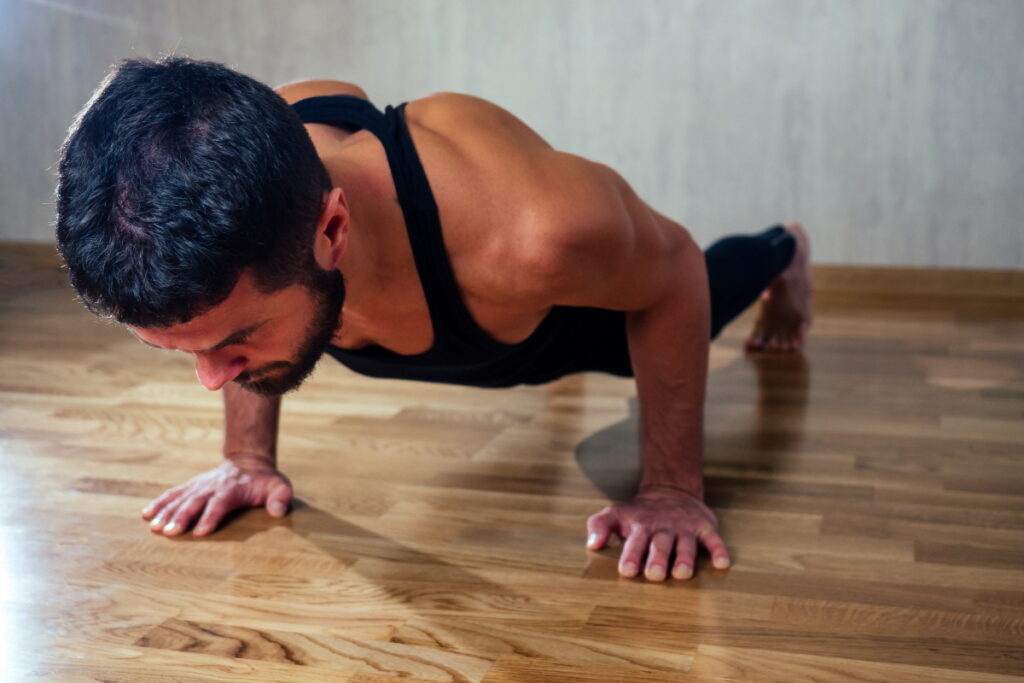
Safety is essential when selecting gym flooring. Moisture, sweat, spills from water bottles, and other hazards can make the gym floor a hazardous surface. You also don’t want flooring mats that can slide or lose their position. The best gym flooring offers moisture resistance, anti-slip traction, comfort, and shock resistance to protect you and your home.
· Durability & Functionality of Home Gym Flooring
Gym floors are exposed to more than just foot traffic; they will encounter heavy use and everyday wear and tear that’s uncommon in other rooms of the house. To evaluate the durability of gym flooring, you’ll want to consider how it will react to heavy equipment, high-impact activities, such as running or jump roping, and heavy items dropped from several feet.
You’ll also want to consider the flooring’s density, thickness, texture, and cushioning. For example, thin flooring with little cushion may not withstand the routines of a powerlifter or boxer.
Best Flooring Options for Home Gym
· Rubber Gym Floors
Rubber comes in tiles and rolls and offers excellent tensile strength, meaning it’s unlikely to tear if you drop a weight plate or other heavy object. Rubber offers excellent traction and slip resistance and is easy to install and clean. Rubber is a nonporous material that resists moisture and holds up nicely to spills, including chemicals. It’s a popular choice for its impact resistance and shock-absorbing properties. Rubber can also help with sound absorption and prevent noise from traveling to other areas of the house.
Rubber tiles often include an additional wear layer, making them better at shock absorption than rolled rubber flooring. However, some rubber tiles may move or shift with lots of movement or when an object is dropped on the surface. Rubber tiles are also easy to move and replace and don’t affix to the floor, making them ideal for mobile usage or temporary spaces.
Rubber tiles and rolls are an excellent option for gyms with concrete floors but should not be used to cover carpets. Rubber tiles average $7 to $11 per square foot, while the rolls are slightly less expensive at $3 to $8 per square foot. While the rolls are less expensive, they are more challenging to install and may require glues or adhesives.
· Foam Gym Floors
Foam flooring is another popular option for home gyms. It is lightweight, affordable, and easy to move around. However, foam is not as strong as rubber and can tear, dent and scuff. It’s similar to having exercise mats across the floor.
Foam tiles interlock and are extremely easy to install. They also come in various colors and patterns, including options that replicate the look of natural wood. They offer superior traction and shock absorption and can provide comfort for body resistance workouts and floor exercises, such as yoga and pilates.
Foam flooring is not recommended for high-intensity exercises, weight training, or applications over concrete.
Vinyl Gym Floors
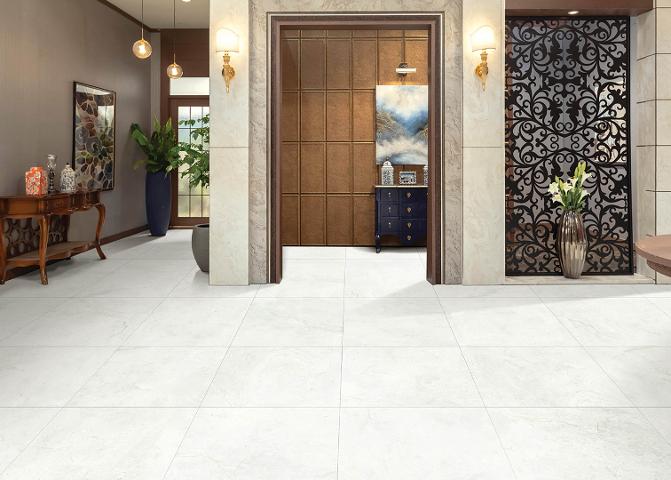
Vinyl plank and tile flooring have already made a significant impact on residential interiors, and it’s a worthwhile consideration for anyone designing a home gym. Vinyl is hard and less flexible than rubber and foam and may require professional installation. Vinyl flooring is low maintenance, easy to clean, and resists mold, mildew, moisture, and chemicals. It’s not as shock-absorbing as rubber or foam and doesn’t offer as much traction; however, it is very durable and will last a long time.
The main benefit of vinyl is its aesthetic appeal. Vinyl flooring is available in many colors and styles with highly-realistic, high-resolution visuals that closely resemble hardwood floors and natural stone. Vinyl costs more than the other options, but it’s ideal for multifunctional rooms that still need to look like living spaces.
Contact us
If you’re looking for assistance with home gym flooring, LX Hauys’ team of experts can help. Contact us about your project, and one of our representatives will respond quickly.

